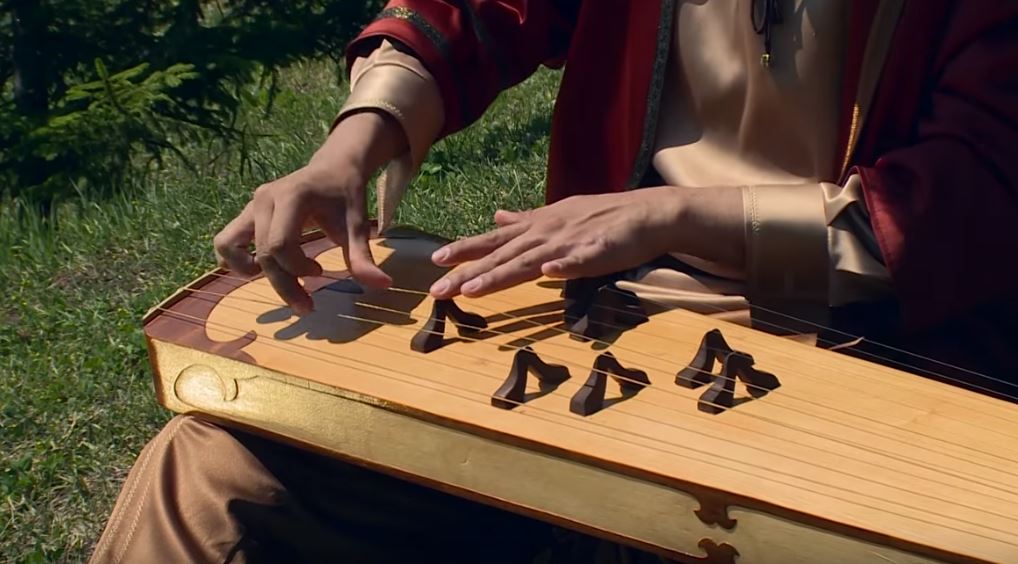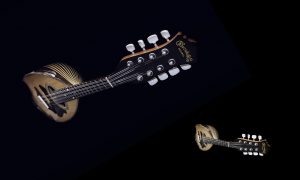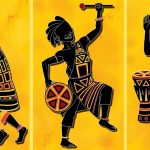
Humans consider playing a musical instrument either purely artistic or as some touch of romance. All instruments used today are either stringed, wind instruments, percussion, automatic, ensembles, electric and electronic, or keyboard instruments. However, before we started classifying them in all these forms, instruments have had diverse historical appreciations.
Some of the oldest musical instrument forms are pipes and whistles dated to the Paleolithic period, plus shell trumpets and clay drums for the Neolithic period. Ancient cities and civilizations have different shreds of evidence of musical instruments, from Mesopotamia to ancient Egypt. East Asia, India, and America’s history also have several assortments of well-crafted musical instruments. One can use them to tell the type of music that was popular in those times.
Several scholars speculate that before human beings knew how to make sophisticated instruments, they used utilitarian objects to serve a similar purpose. They argue that the instruments’ ideas were derived from using cooking pots as drums and hunting bows as musical bows. Far from human innovation, some cultures attribute the discovery of music and musical instruments to gods and supernatural entities.
For these communities, music served ritualistic purposes and as a mode of spiritual survival. The gods would appear to a chosen character and teach them how to make music using different objects to appease them. The character would then pass on the craft to his/her generation or the next spiritual man to serve the gods as chosen by the entities.
Different religious scripts show how musical instruments played a significant role in worship. They include David’s story in the Christian bible and the Jewish instructions on different festivals such as Yom Kippur.
Other sources say the history of instruments came from man’s culture, especially communities that started herding horned animals. This could explain why some of the earliest instruments were animal bones and horns. Soon came trade patterns that allowed human beings to move their music and instruments from continent to continent.
Music instruments vary in material and length and also defer because of their mode of being played. One can pluck an instrument similar to another, but each produces a different sound because one is made of wood and the other iron. These are some of the observations that made humans diversify their instruments.




